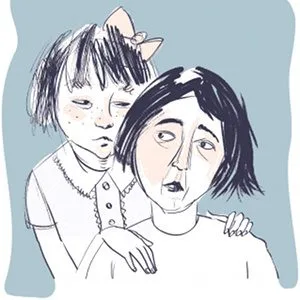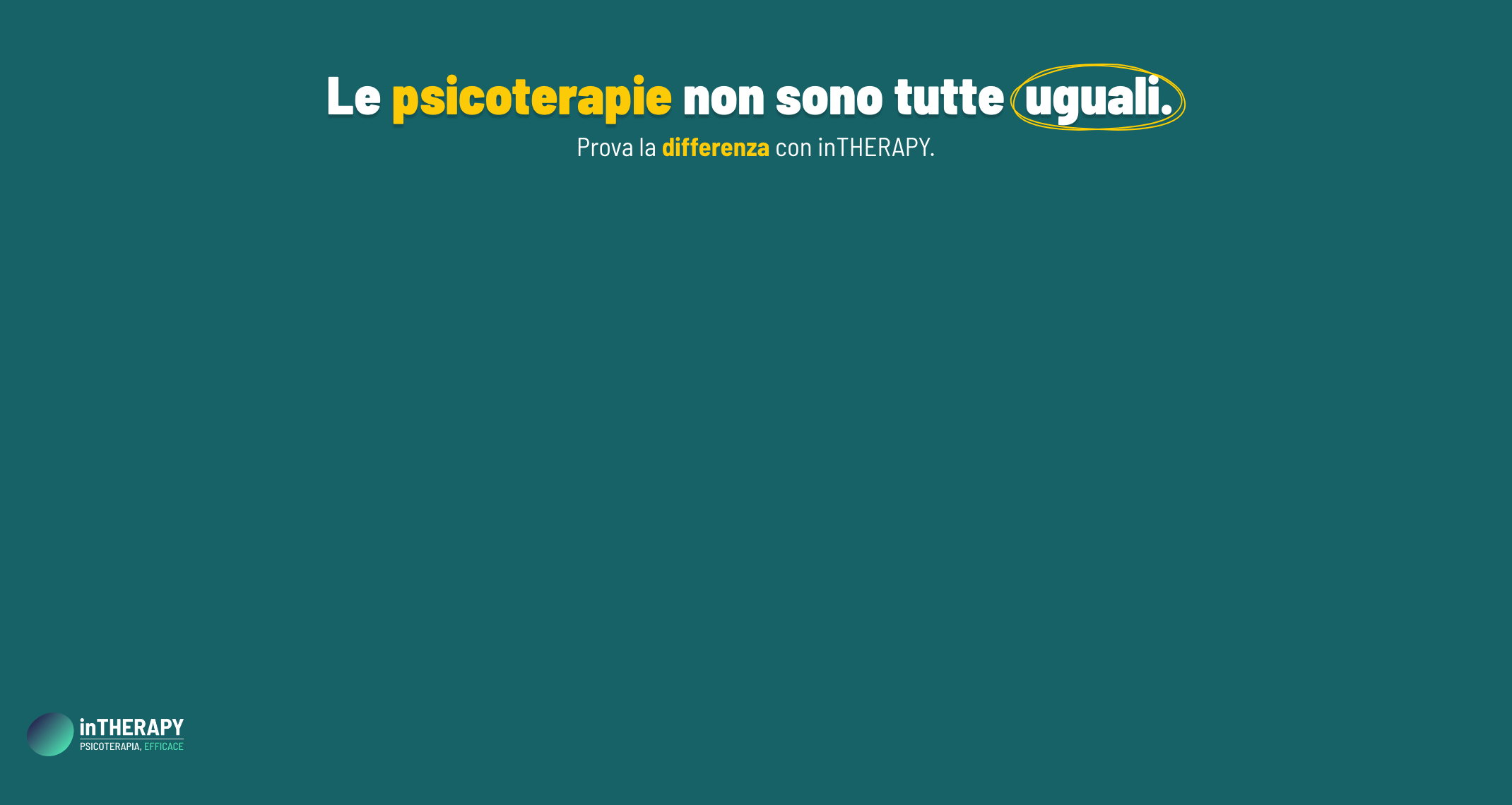
More specifically I also reviewed the literature examining resistant attachment style and the development of anxiety disorders. Although there appears to be a link, not all findings have been consistent. While one experimental study did not find a difference between anxiety in children with avoidant and resistant styles, two longitudinal studies found that the avoidant children actually showed more internalizing behavior than resistant children.
Muris, Meesters, Merckelbach and Hülsenbeck (2000) examined the relationship between worry in 159 primary school children and attachment style. Attachment styles were measured by presenting a simplified version of Hazan and Shavers (1987) prototypic description of attachment patterns to children, and children then selected their perceived attachment style. Children also completed the Penn State Worry Questionnaire.

The results showed that children who classified themselves as having an avoidant or resistant attachment displayed higher levels of worry than children who classified themselves as securely attached. No significant difference was found between children with an avoidant and resistant attachment style.
Goldberg, Gotowiec, and Simmons (1995), in a sample of 145 children, found that compared to anxious/resistant children, those who were anxious/avoidant scored higher on ratings of internalizing symptoms (Child Behavior Check List – CBCL). Similarly, Lyons-Ruth, Easterbrooks and Cibelli (1997) found that anxious/avoidant children reported higher levels of internalizing behavior than anxious/resistant children.
Although the studies yielded inconsistent findings are of some importance, they are also subject to limitations. Thus, Muris et al. (2000) lacked a laboratory assessment of attachment, or a DSM criterion for anxiety diagnosis. The Lyons-Ruth et al. (1997) study was conducted with half the sample of mothers suffering from depression. The Goldberg et al. (1995) study was conducted with chronically ill children. Therefore, the children in both these studies may have been from a particularly high-risk sample. Other studies, as previously mentioned, have used more robust methodologies to display the important association between anxious/resistant attachment and anxiety.
READ ALSO: ATTACHMENT SERIES – ANXIETY DISORDERS
REFERENCES:
- Goldberg, S., Gotowiec, A., & Simmons, R. J. (1995). Infant–mother attachment and behavior problems in healthy and chronically ill preschoolers. Development and Psychopathology, 7, 267 – 282.
- Hazan, C., & Shaver, P. (1987). Romantic love conceptualization as an attachment process. Journal of Personality and Social Psychology, 52, 511 – 524.
- Lyons-Ruth, K., Easterbrooks, M. A., & Cibelli, C. D. (1997). Infant attachment strategies, infant mental lag, and maternal depressive symptoms: Predictors of internalizing and externalizing problems at Age 7. Developmental Psychology, 33, 681 – 692.
- Muris, P., Meesters, C., Merckelbach, H., & Hülsenbeck, P. (2000). Worry in children is related to perceived parental rearing and attachment. Behaviour Research and Therapy, 38, 487 – 497. (DOWNLOAD)

